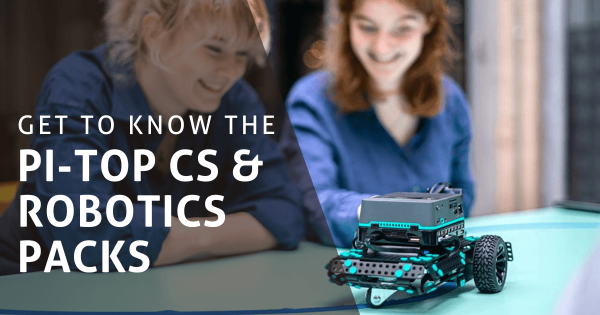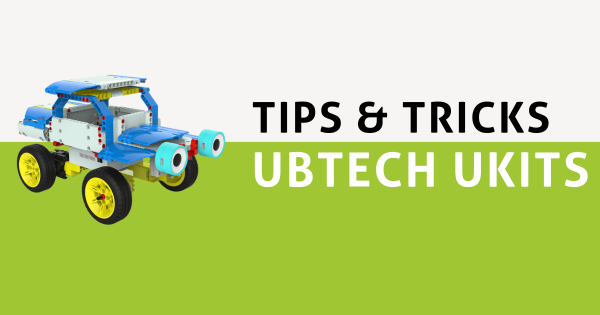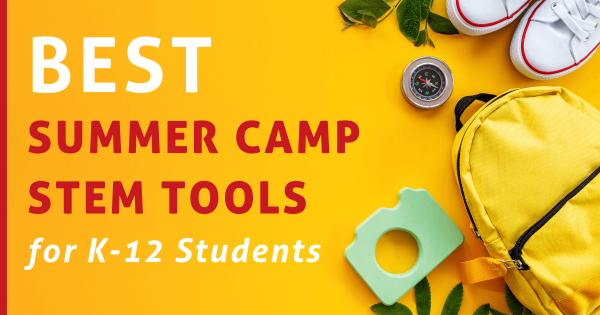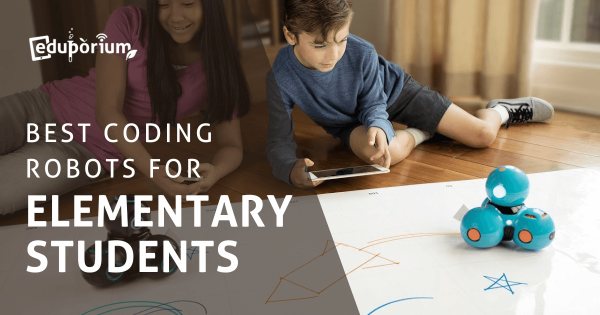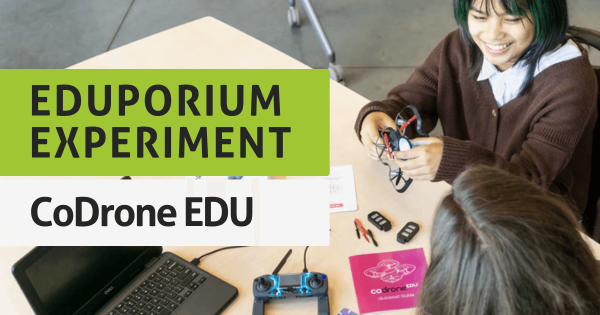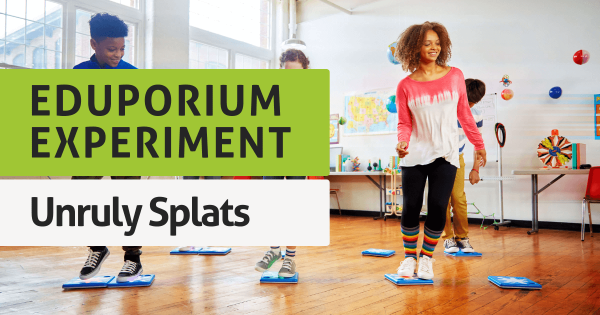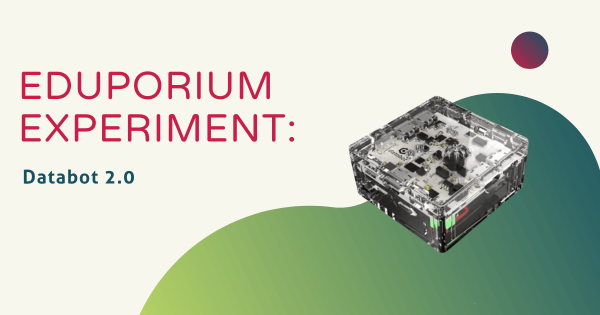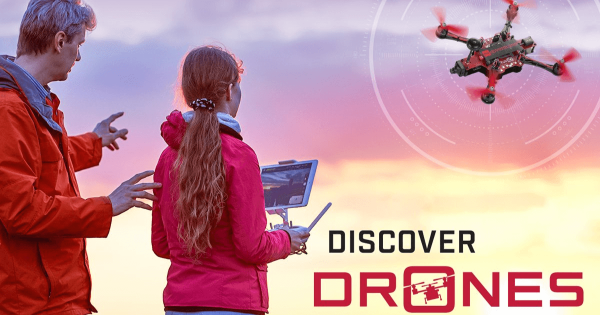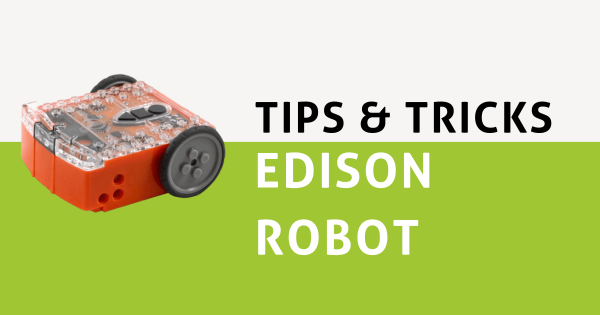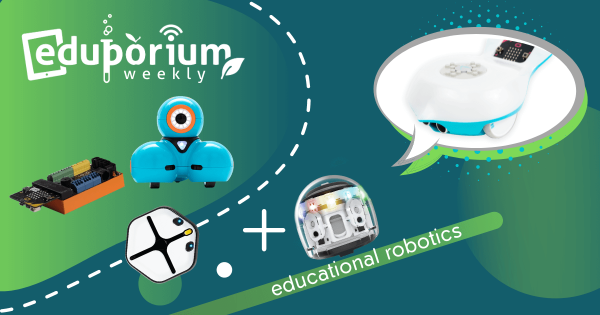Coding
Coding is, of course, a hugely important area of 21st century education. Whether they're as young as Pre-K or ready to enter college, coding is extremely relevant to almost every student's future. Thankfully, millions of educators and administrators realize the importance of teaching kids to code. Whether it's a curricular requirement or part of an informal school club, programming experiences are amazingly valuable for students. There's also plenty of options, so educators can find something without complicated or pricey features. In this section, you'll see a lot of different topics related to K-12 coding. These include features on particular STEM tools, insights on coding integration, skills students can develop and more. There's also something for teachers of all grade levels. Whether you teach the early grades or have students with the foundation to take the next step, you'll find helpful resources for teaching coding in the classroom.
Coding is truly an experience that all K-12 students can have. Starting in the early grades, students can code screen-free with a tool like the Cubetto Robot. Then, they can start to increase their coding skills and explore Blockly environments using tools like the Dash Robot, Ozobot Evo, and many others. From there, students can explore a bunch of different languages, like Snap!, Scratch, MakeCode, and more and, eventually, expand their skill sets by exploring text-based languages, like JavaScript and Python. All the while, the STEM solutions we advocate for also allow students to learn the most important coding concepts, like loops, variables, inputs, conditionals, and syntax. With a natural progression that leads to increased computer science competencies and enhanced future readiness, it's tough to understate the relevance of coding experiences in the classroom.
-
Get To Know The pi-top CS & Robotics Packs
The pi-top [4] empowers students to design, program, and create within the pi-top Further LMS platform. It helps them focus on exploring key physical computing concepts with a sprinkle of project-based learning along the way. And the new CS & Robotics Packs are perfect for building and coding in deeper detail, with interdisciplinary lessons for all grade levels. -
Tips & Tricks | The UBTECH Education UKITs
Each of the UBTECH UKITS comes with its own curriculum. By following detailed project guides displayed in 3D on the UKIT app, kids can explore STEM topics in a hands-on way. Plus, in the lessons, educators can cover everything from force and motion to earth science and natural disasters with hands-on building and collaboration. Check out the new AI kits -
Best Summer Camp STEM Tools For K–12 Students
We’ve put together this in-depth list of some top STEAM solutions for 2024 summer camps whether you are teaching coding, flying drones, or perhaps practicing engineering. These proven tech tools are perfect for helping kids continue developing their STEM skills even outside of the classroom. Plus, you can even get a free consultation with us to start planning your camp. -
Eduporium Weekly | Best Coding Robots For Elementary Students
There are so many classroom robots that teachers could access and share with students—even those in the elementary grades. Whether they’ve tried coding in kindergarten or they’re just getting started, these are some of the top elementary robotics kits to consider for your classroom. From the Dash Robot to the Finch 2.0 and the Marty V2, here’s why we like -
Eduporium Experiment | How To Pair, Code, and Fly CoDrone EDU
Although DJI recently discontinued the Tello EDU and RoboMaster drones, educational drones offer a solid path to teaching programming and piloting skills in your classroom. We spent time with our new addition, the CoDrone EDU, learning to fly and program. Compatible with Blockly and Python, the CoDrone EDU is a top coding companion for kids in a range of grades. -
Eduporium Experiment | How To Use Unruly Splats
Unruly Splats are interactive buttons designed for students to stomp, jump, and play upon. With pre-coded, standards-aligned activities and their own custom games, students get out of their seats while learning programming principles and SEL skills like working together. Play games for any subject, including math, ELL, special ed, art, physical education, and more! -
Eduporium Experiment | How To Use databot 2.0
Like the original databot Robot, the databot 2.0 is square in shape but it is not a perfect cube unlike that original model. The newer databot is shorter in height, making it a much more compact robotics tool. More importantly, it’s also outfitted with 16 powerful on-board sensors that students can use to measure anything from light levels to air -
Launch Structured STEAM With Discover Drones Classroom Packs
As drones continue to serve as notably valuable tools within our economy, creating educational experiences around their uses, applications, and new capabilities have proven to be valuable for students. Perhaps the best part is how drone education fits under many different umbrellas and educators can use the Discover Drones solutions and curricula in STEM and CTE. -
Tips & Tricks | How To Program The Edison Robot
There are three main programming environments kids can use to code the Edison Robot. They’re known as EdBlocks, EdScratch, and EdPy, and all of them are completely free to use directly from your browser. There’s no need to download any additional software for coding with the Edison. Kids can also choose from pre-created barcodes and programs or design their own! -
Eduporium Weekly | The Best Features Of Educational Robots
The benefits of using robotics kits in education are far-reaching in both the short and long term. Of course, using robotics tools helps kids learn some of the most important coding concepts with methods kids can more easily understand. Now, robotics experiences are inclusive of almost all students and features of classroom robots more effectively meet everyone’s needs.




